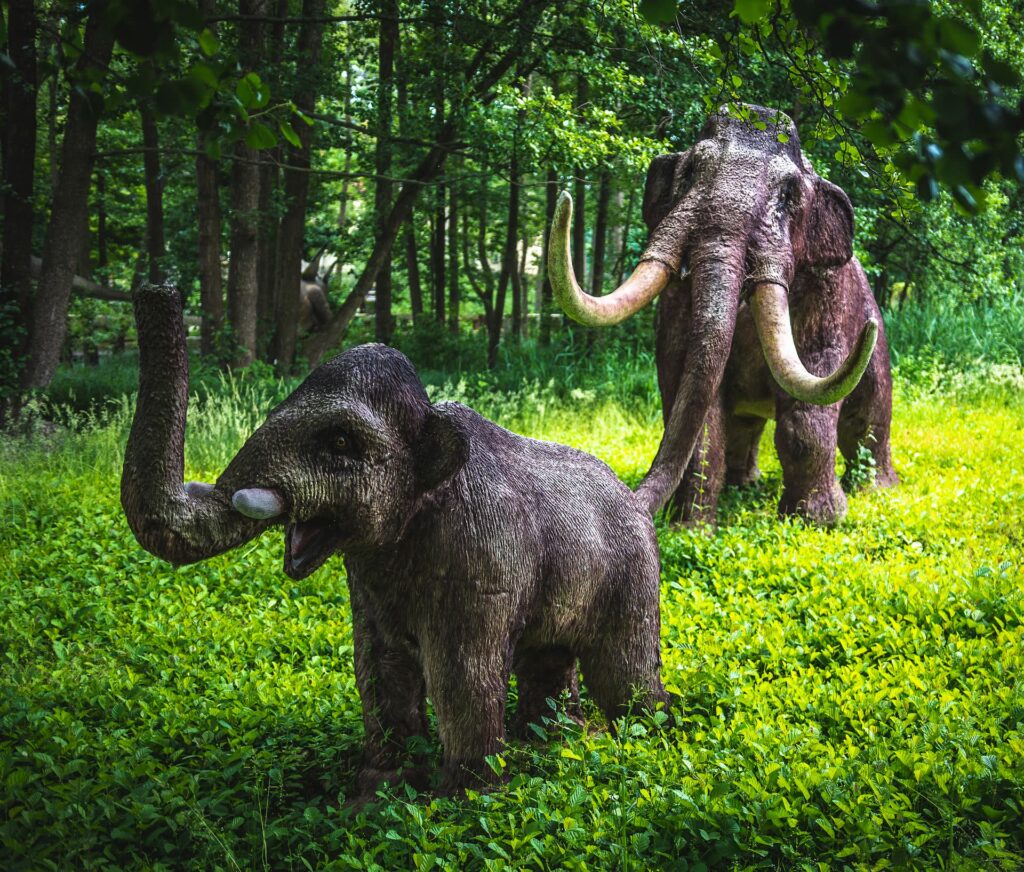The oldest traces of habitation in the region go back to about 250,000 BC. These were found in the Kwintelooyen sand quarry in Veenendaal.
Bone remains of mammoths, forest elephants and woolly rhinoceroses have been found in the Nedereindseplas in Nieuwegein, as well as stone utensils of humans or predecessors thereof. These remains are dated to 150,000 years ago.
In the period of the second-to-last ice age (Saalien, 238,000 to 128,000 years ago), the land ice reached the present-day province of Utrecht and the Utrechtse Heuvelrug was formed (see photo above). This was followed by a warmer period, with the sea reaching east of Houten. After about 12,000 years, a new ice age followed.
Weichselien
During the Weichselian (116,000 to 9,700 years ago) the land ice stopped moving south, but the subsoil was frozen. At that time, the Netherlands had a polar climate, alternating with a tundra climate. It was dry and loose sand swirled around. Traces of this barren landscape can be found at a depth of 4 to 7 meters in the Dutch soil
Het uitgestrekte open landschap van de toendra was de graasplek voor kudden dieren, waar door de mens op gejaagd werd. Tijdens het Weichselien werd Centraal-Europa bevolkt door nomaden die achter de kuddes aantrokken voor hun voedsel. Het gaat hierbij om mensen van onze soort,.Homo sapiens.





